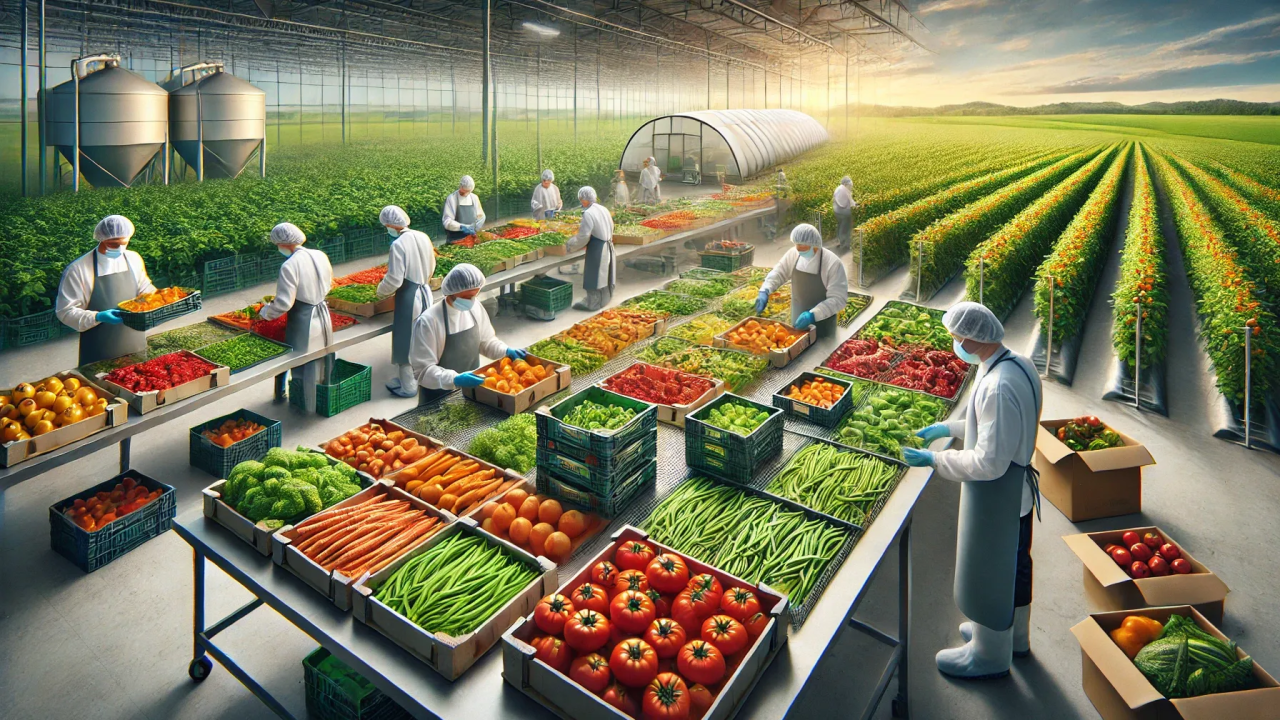
Practical programme facilitators: Ms. NNG Chiranthika
Credit: 2
2. To provide knowledge on current trends and developments in processing, packaging, storage and value addition of fruit and vegetables
3. To provide knowledge on postharvest handling practices of export agriculture crops, desiccated-coconut and spices, necessary to develop products with export quality
1. Identify the causes for postharvest losses in fruits and vegetables
2.Describe the significance of postharvest losses and the economic benefits of minimizing them
3. Discuss the handling, storage and processing technologies necessary for reduction of postharvest losses & value addition of fruits vegetables
4. Apply the gained knowledge to minimize the postharvest losses of common fruits and vegetables
5. Explain the postharvest practices involved in production of export agriculture crops, desiccated coconut and spices
Unit 1: Introduction to Postharvest Technology of Fruits & Vegetables: Basic objectives of postharvest technology: classification and composition of fruit and vegetables; causes and significance of post-harvest losses in fruit and vegetable sector, Management of pre harvesting
Unit 2: Basic postharvest treatments & handling practices: Cleaning, Grading & selection, Waxing, Sprout inhibition, Curing, Disinfestations
Unit 3: Pre/postharvest physiology/ biochemistry of fruits & vegetables: Maturation, Ripening, Hardening, Senescence, Abscission & associated biochemistry, Maturity indices for fruits & vegetables
Unit 4: Processes associated with fruit ripening: Ethylene in fruit ripening, Undesirable effects of ethylene, Factors influencing ripening, Commercial use of ethylene
Unit 5: Minimal processing of fruits & vegetables: Process flow, Importance of the process, Commodity selection, Problems & solutions
Unit 6: Transportation & storage of fruits & vegetables: Factors affecting storage life, Causes of losses during transportation & storage, Transport equipment, Product transit temperature management, Methods of Cold storage, Control and modified atmosphere storage
Unit 7: Temperature & Relative Humidity management practices: Pre- cooling of fruits & vegetables, Pre- cooling methods; Air cooling, Hydro cooling, forced air cooling, Vacuum cooling, Package icing; chilling injuries
Unit 8: Packaging & packing house operations: Package & packaging method selection, packaging materials for fruits & vegetables, Modified Atmospheric Packaging (MAP)Types of MAP, Gases in MAP, Effect of gases in MAP
Unit 9: Coconut processing: Desiccated coconut (DC) production, Copra production, Virgin coconut oil, Scraped coconut, Coconut milk
Unit 10: Postharvest technology of spices: Processing of cardamom, nut meg, cinnamon, clove, pepper
|
Assessment Task |
Weighting |
|
Formative (Continuous) Assessment |
35% |
|
Practical reports |
10% |
|
Mid semester examination |
10% |
|
Assignments and mini project |
15% |
|
Summative Assessment |
65% |
|
Theory |
55% |
|
Practical |
10% |
Students should comply with the following requirements of the course to be eligible for the end-semester examination.
1. 80% attendance
2. Achieve a composite mark of at least 55
3. Successful completion of all assignments and continuous assessment. Incomplete works will be considered as “0” marks in the final assessment.
4. Submission of feedback for teacher and module evaluation. (If not submitted, continuous evaluation marks are not counted for the final assessment)
1. Handbook of Postharvest Technology, Cereals, Fruits, Vegetables, Tea, & Spices-Marcel Dekker, Inc. NY
2. Cultivation and Processing Bulletins of Pepper, Cocoa and Cinnamon, The Department of Export Agriculture, Ministry of Agriculture, Lands & Forestry
3. Postharvest Technology of Fruits and Vegetables, Handling, Processing, Fermentation and Waste Management, volume 1 – L.R. Verma & V.K. Joshi
4. Postharvest Technology of Fruits and Vegetables, Handling, Processing, Fermentation and Waste Management, volume 2 – L.R. Verma & V.K. Joshi
- Lecturer: Ms. Gihani Chiranthika
- Lecturer: Dr. Samanthi Senarath
- Lecturer: Ms. Achini Senevirathna
- Enrolled students: 45

